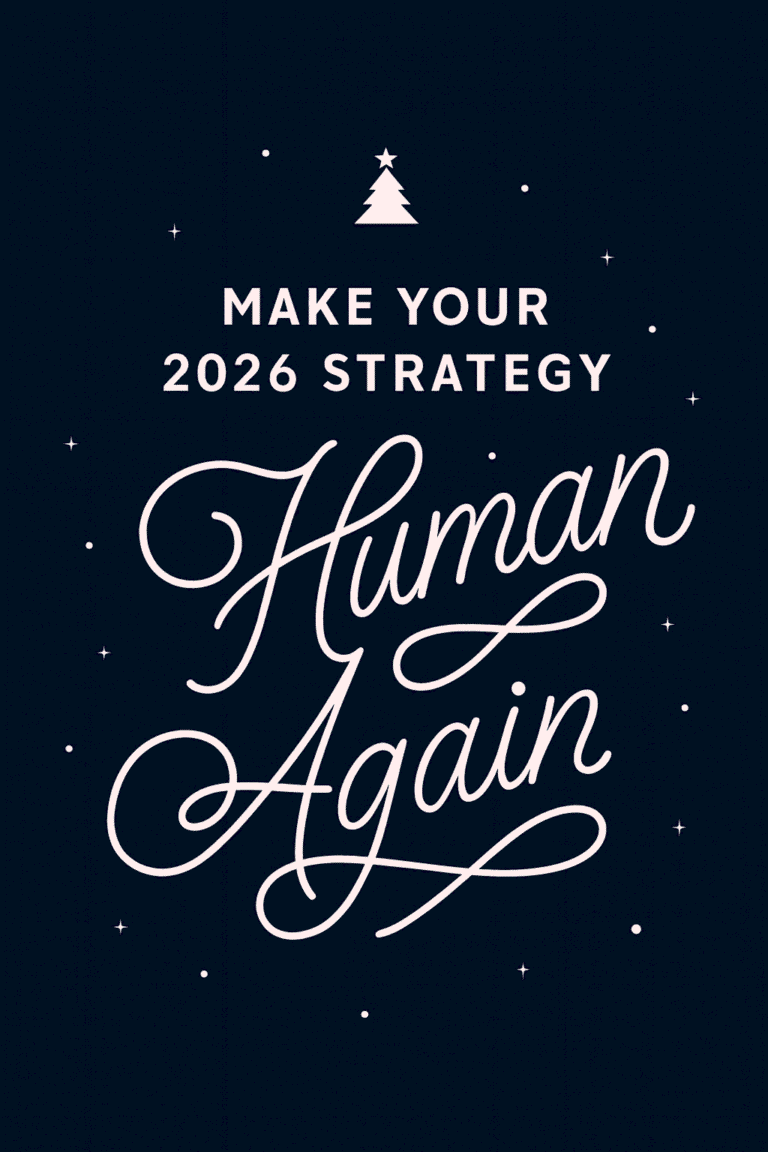![]()
Ever find yourself spotting a familiar logo and instantly knowing what it stands for, even without any accompanying text? That’s more than just good design; that’s the magic of an iconic logo. But what separates a logo that fades into the background from one that makes a lasting impression on our minds?
Creating an iconic logo goes way beyond just a neat visual to put on your business cards; it’s about crafting an enduring symbol that people will resonate with for years to come. In this blog post, we’re diving into the essential ingredients that make a logo iconic. We’ll delve into the key design principles and explore the psychology that makes some logos unforgettable. So keep reading—you’re in for a treat!
History of Iconic Logos
The art of logo design has come a long way, morphing from simple marks that identified a merchant’s wares to powerful symbols that encapsulate an entire brand’s identity. Let’s take a quick stroll through the history lane of logo design and see how this transformation has unfolded.
In the early days, logos were essentially seals or emblems, often quite detailed and ornate. They served a functional purpose: to identify goods and assure buyers of their quality. As newspapers and radios became popular in the early 20th century, logos started to play a more significant role in advertising and brand identification.
With the advent of television, the requirements for logos evolved yet again. Now, the designs needed to be simple enough to be recognizable at a glance and from a distance, given the medium’s visual nature. Simplicity started to take center stage.
Enter the internet, and logos faced another round of challenges. Now, they had to be versatile enough to look good on various screens, from phones to billboards and even as tiny favicons on a web browser. This called for a design approach that valued scalability and adaptability.
The Power of Geometric Shapes
Consider a logo consisting of a simple triangle with a swirl inside it. At first glance, it’s uncomplicated, but the swirl adds an element of dynamism. It’s easy to remember and can fit anywhere, from business cards to billboards.
Hidden Meanings
Imagine a logo featuring a tree with roots that subtly form the shape of a hand, providing a hidden yet powerful message about growth and support. Such an approach makes the logo not just a symbol but a story worth telling.
Timelessness Over Trends
Visualize a logo that uses classic typography with a single, bold color. It might seem unadventurous, but this kind of design often stands the test of time, outlasting trends and remaining relevant over the years.
Simplicity is Key
Alright, let’s get one thing straight—when it comes to creating an iconic logo, less is often more. You might be tempted to go all out, incorporating intricate details and complex elements to make your logo stand out. But here’s the kicker: the most memorable logos are usually the simplest ones. Why is that, you ask? Well, let’s dive in.
Easy to Remember
First off, simple logos are easy to remember. Think about it: a basic shape or a few lines are much easier to recall than a complicated design filled with many elements. The human brain loves simplicity; it’s easier to process and store in our memory banks.
Versatile and Scalable
Simple logos are also versatile. Whether you’re printing it on a business card or plastering it across a billboard, a simple logo will look good at any size. It’s flexible enough to work in black and white or color, and it can easily adapt to various mediums without losing its essence.
Quick Recognition
In today’s fast-paced world, you’ve got mere seconds to make an impression. A simple logo can be recognized almost instantly, giving your brand a much-needed edge in a crowded marketplace. People don’t have the time (or patience) to dissect a complex image; they want to know who you are and what you’re about as quickly as possible.
Focuses on the Core Message
Simplicity forces you to hone in on what’s most important. With fewer elements to work with, you have to make each one count. This often leads to a more effective communication of your brand’s core values and messages.
Longevity
Finally, simple designs are often timeless. They don’t follow fleeting design trends, which means they’re more likely to remain relevant over the years. A complex, trendy logo might look great today but feel dated in just a few years.
Versatility Matters
So, you’ve got a simple design—awesome! But that’s just one piece of the puzzle. Another crucial factor that goes into making a logo iconic is its versatility. You want a logo that can adapt to any situation like a chameleon, yet remain unforgettably itself. Here’s why versatility is such a big deal and how you can achieve it.
Various Formats and Sizes
Your logo isn’t just going to live on your website. It’ll be on business cards, social media profiles, merchandise, you name it. A versatile logo looks good whether it’s the size of a postage stamp or takes up the whole side of a building. It has to be scalable and easily adaptable to multiple formats without losing its impact.
Color Versatility
Color is awesome, but what happens when your logo needs to be printed in black and white or appear on different backgrounds? A versatile logo retains its identity even when the colors change. So, as you choose your color scheme, also test how your logo looks in grayscale or with a single color.
Platform Agnostic
Your logo should look as good on a mobile screen as it does on a laptop or TV. It should maintain its clarity and impact whether it’s viewed on an Android phone or an Apple tablet. This requires a design that’s platform-agnostic—equally at home in any digital environment.
Adapts to Different Contexts
Sometimes your logo will need to be part of a larger design scheme, like on a flyer or in a video. It should be versatile enough to fit naturally into these different contexts without losing its essence or overshadowing other elements. It should complement, not conflict.
Consistency is Key
While versatility is important, you don’t want to go so far off the rails that your logo becomes unrecognizable. Maintaining some level of consistency ensures that people will still recognize your brand, no matter where they see your logo.
The Role of Colors
Now that we’ve covered the importance of simplicity and versatility, let’s talk about something that can really make your logo pop—color! Though it may seem like a small detail compared to the overall shape and design, the colors you choose for your logo can play a massive role in how it’s perceived.
Emotional Resonance
Colors are more than just visual elements; they evoke emotions. Blue might bring feelings of trust and calm, while red can signify passion or urgency. Picking the right colors can help reinforce your brand’s message and connect with your audience on an emotional level.
Brand Recognition
Ever notice how some colors immediately make you think of certain industries or types of businesses? That’s no accident. Color can play a big role in brand recognition, making it easier for people to identify what you’re all about at a quick glance.
Stand Out or Fit In
Depending on your goals, you may want your logo to stand out or to fit in with others in your industry. Bold, contrasting colors can make your logo pop, while more subdued tones may lend an air of professionalism and reliability. The key is to choose colors that align with your brand’s personality and objectives.
Cohesiveness
It’s not just about the individual colors but also how they interact with each other. A well-chosen color palette can create a sense of harmony and balance, making your logo more aesthetically pleasing and easier to engage with.
Cultural Considerations
Remember, colors don’t mean the same thing in every culture. What’s considered vibrant and positive in one part of the world might be seen as offensive or unlucky in another. If your brand has a global audience, it’s wise to consider the cultural implications of your color choices.
Adaptability
As we touched on in the versatility section, your logo’s colors should be adaptable. Make sure your design still holds up in grayscale or black and white for those times when color printing isn’t an option or when appearing on monochromatic platforms.
Relevance and Timelessness
Now, let’s wrap up our logo discussion by tackling two concepts that might seem at odds with each other: relevance and timelessness. Your logo should be relevant to your target audience and reflect the times, but it also needs to have that elusive quality of timelessness. How do you achieve this delicate balance?
Staying Relevant
Being relevant means that your logo should resonate with the people you’re trying to reach. It should feel current and in tune with the design sensibilities of the day. Relevance isn’t just about aesthetics; it’s also about effectively communicating your brand’s core values and message. If your logo appears outdated or irrelevant, potential customers might assume the same about your services or products.
The Risk of Trendiness
While staying current is important, blindly following trends can be a risky move. Today’s hot design element might look dated or cliché in just a few years. Remember, trends come and go, but your brand needs to endure.
Aiming for Timelessness
What makes a logo timeless? Well, it’s a design that stands up to the test of time, one that remains effective and impactful even as styles and sensibilities change. A timeless logo is like that classic outfit in your wardrobe: it might not be cutting-edge, but it never goes out of style. It usually incorporates fundamental design principles that have universal and lasting appeal.
Striking the Balance
So how do you make a logo that’s both relevant and timeless? The trick lies in blending contemporary design elements with classic principles. Think clean lines, simple shapes, and a meaningful use of color. Focus on creating a logo that can evolve without requiring a complete overhaul. A small tweak here and there should be enough to keep it current.
Time to Review
Every so often, it’s a good idea to review your logo and assess whether it’s still achieving its goals. A periodic review can help you decide if your logo needs a minor refresh or a more significant redesign to stay both relevant and timeless.
The Endgame: Creating a Logo That Resonates
Well, there you have it—the key ingredients that go into making a logo truly iconic. From the importance of simplicity and versatility to the emotional impact of colors and the delicate balance between relevance and timelessness, a well-designed logo is a complex cocktail of design principles and psychology. But don’t let that overwhelm you; the beauty often lies in the details, and each element plays a crucial role in making your logo not just a visual mark, but a memorable symbol that represents your brand’s essence.
Ready to take your logo from forgettable to iconic?
Whether you’re starting from scratch or thinking about a refresh, our team at Graticle Design is here to help you create a logo that not only looks good but also stands the test of time. Get in touch and let’s turn your vision into a timeless brand identity.





